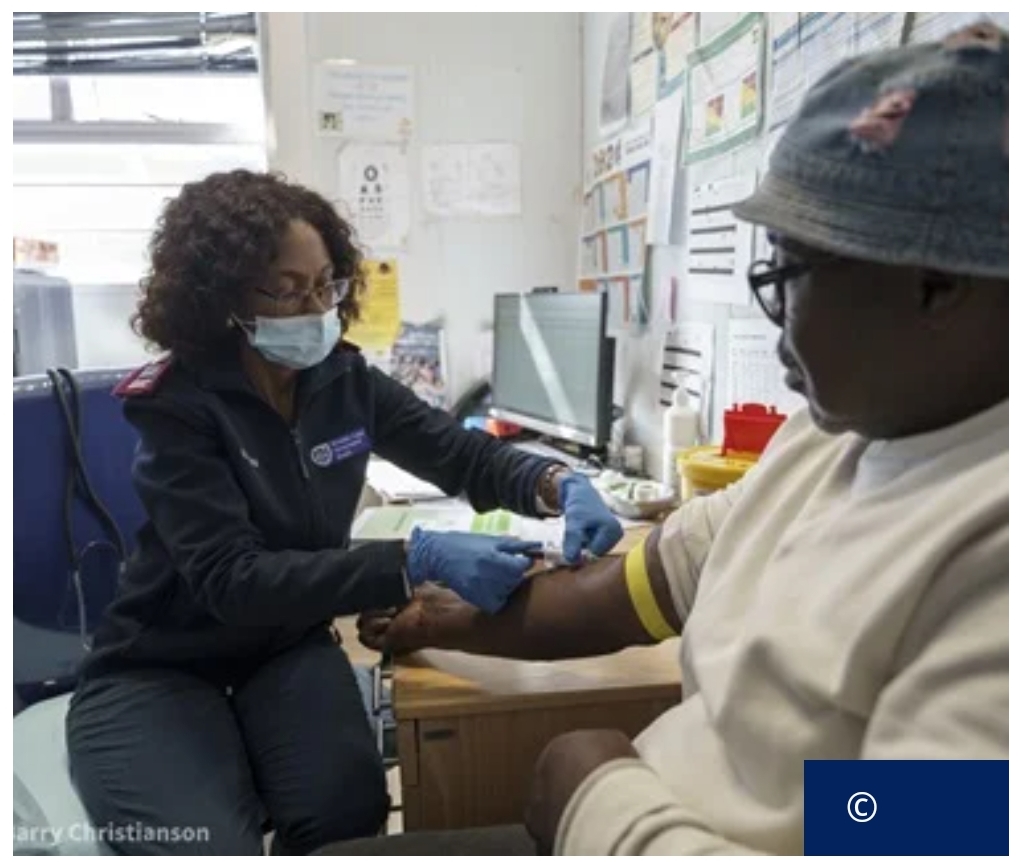Global Nursing Workforce Grows to 29.8 Million, But Deep Inequities Threaten Progress Toward Health Goals: WHO Report.
Geneva:
The global nursing workforce has grown from 27.9 million in 2018 to 29.8 million in 2023, yet stark inequalities in nurse distribution continue to challenge global health goals, according to the State of the World’s Nursing 2025 report, released today by the World Health Organization (WHO), the International Council of Nurses (ICN), and partners.
Published on International Nurses Day, the report offers a comprehensive analysis of nursing workforce data from 194 countries. It reveals encouraging trends in workforce expansion and a gradual decline in the global nurse shortage—from 6.2 million in 2020 to 5.8 million in 2023, with projections of a further reduction to 4.1 million by 2030. However, these gains are undermined by wide regional and economic disparities that continue to leave many of the world’s populations without essential health services.
Disproportionate Distribution
The report highlights that 78% of the world’s nurses are concentrated in just 49% of the global population. Low- and middle-income countries continue to face significant challenges in training, employing, and retaining nursing professionals, resulting in critical shortages that threaten efforts to achieve universal health coverage (UHC), global health security, and the Sustainable Development Goals (SDGs).
In contrast, high-income countries face a different challenge: aging nursing workforces. In 20 countries, mostly high-income, retirements are expected to exceed new nurse entrants within the next decade, raising serious concerns about the availability of experienced mentors for new graduates and the capacity of health systems to meet rising demand.
International Migration and Gender Disparities
The report also sheds light on international migration trends, noting that 1 in 7 nurses worldwide—and as many as 23% in high-income countries—are foreign-born. This heavy reliance on international recruitment underscores the importance of ethical hiring practices and the strengthening of bilateral agreements with source countries.
Gender remains a defining factor in the profession, with women accounting for 85% of the global nursing workforce. Despite their dominance in numbers, gender equity issues persist, particularly in pay, leadership opportunities, and working conditions.
Graduation vs. Employment Gap
Although low-income countries are increasing the number of nurse graduates faster than high-income countries, many of these graduates struggle to find employment due to limited job creation and rapid population growth. The report urges governments to not only expand education systems but also create stable employment pathways and improve working conditions to ensure retention and sustainability.
Leadership, Mental Health, and Well-Being
Leadership in nursing has improved, with 82% of countries now reporting the presence of a senior government nursing official. However, leadership development remains uneven: only 25% of low-income countries have structured leadership programs in place.
Mental health and well-being remain a concern, with just 42% of countries having provisions in place to support nurses’ mental health—despite increasing burnout and trauma, especially in the wake of the COVID-19 pandemic.
Policy Priorities for 2026–2030
To address the workforce crisis and strengthen healthcare delivery, the report outlines critical policy priorities for the next five years. These include:
- Expanding and equitably distributing nursing jobs, especially in underserved areas;
- Strengthening domestic education systems and aligning qualifications with service needs;
- Improving working conditions, pay equity, and mental health support;
- Developing nursing regulation and advanced practice roles;
- Promoting gender equity and protecting nurses in fragile and conflict-affected settings;
- Integrating digital technologies and preparing for climate-responsive care;
- Advancing nursing leadership with equitable access to leadership development.
Dr. Tedros Adhanom Ghebreyesus, WHO Director-General, welcomed the report’s findings but emphasized the urgency of action. “We cannot ignore the inequalities that mark the global nursing landscape. This report should serve as a guidepost—showing us where we’ve been, where we are, and how quickly we need to move forward.”
Pam Cipriano, President of the ICN, echoed the sentiment: “Delivering on universal health coverage depends on recognizing the value of nurses and empowering them to drive change in our health systems.”
The report aligns with the WHO’s Global Strategic Directions for Nursing and Midwifery 2021–2025 and supports recommendations to be presented at the upcoming 78th World Health Assembly under the resolution titled Accelerating Action on the Health and Care Workforce by 2030.
As the world works toward stronger health systems post-pandemic, the 2025 report serves as a stark reminder: without equitable investment in the nursing workforce, global health goals will remain out of reach.




